The Stadel Museum in Frankfurt presents two outstanding artists - Henri Matisse and Pierre Bonnard
Pierre Bonnard, Reclining nude against a white and blue plaid, ca. 1909, Städel Museum, Frankfurt, © VG Bild-Kunst, Bonn 2017, Property of the Städelscher Museums-Verein e.V.
From 13 September, the Frankfurt museum will be presenting two outstanding artists – Henri Matisse (1869–1954) and Pierre Bonnard (1867–1947) – in an exhibition that is the first in Germany to bring these key modern masters together. At the heart of the comprehensive presentation is the friendship between the two French artists which lasted for over forty years. Both painters shared a preference for the same range of subjects: interiors, still lifes, landscapes and the female nude. With a selection of more than a 120 paintings, sculptures, drawings and prints, the exhibition opens a dialogue between Matisse and Bonnard and offers new perspectives on the development of the European avant-garde from the beginning of the twentieth century to the end of the Second World War.
For this year’s major autumn show, the Städel has been able to secure a wide range of outstanding loans from internationally renowned collections, among them the Art Institute of Chicago, Tate Modern in London, the Museum of Modern Art in New York, the Centre Pompidou and the Musée d’Orsay in Paris, the State Hermitage in Saint Petersburg and the National Gallery of Art in Washington. Also on display will be a host of major works from private collections, which are not normally accessible to the public. An absolute highlight among these are the two paintings which the artists owned from one another: Pierre Bonnard’s Evening in the Living Room (1907, private collection) and Henri Matisse’s The Open Window (1911, private collection). They are being shown together for the first time here in Frankfurt. Another exhibition highlight is Matisse’s Large Reclining Nude of 1935, on loan from the Baltimore Museum of Art, which has not been seen in Germany for more than thirty years. This iconic nude was a milestone on the artist’s journey towards an aesthetic of highly simplified forms and shows his studio assistant and last important model, Lydia Delectorskaya. It is very likely that the painting was inspired by Bonnard’s Reclining Nude against a White and Blue Plaid (ca. 1909), which it closely resembles in composition, and which has been in the collection of the Städel Museum since 1988. The opportunity to show these two paintings in dialogue was key to the planning of this project.

Henri Matisse (1869–1954), Large Reclining Nude, 1935. Oil on canvas, 66.4 x 93.3 cm, Baltimore Museum of Art © Succession H. Matisse / VG Bild-Kunst, Bonn 2017.
Pierre Bonnard (1867–1947), Evening in the living room, 1907. Oil on canvas, 42,5 x 73,4 cm, Private collection © VG Bild-Kunst, Bonn 2017
Henri Matisse (1869–1954), The Open Window, 1911. Oil on canvas, 72,7 x 60,3 cm, Private collection © Succession H. Matisse / VG Bild-Kunst, Bonn 2016.
The exhibition is sponsored by the multinational bank Société Générale and supported by the Städelscher Museums-Verein as well as the Georg and Franziska Speyer Foundation.
“Henri Matisse and Pierre Bonnard are represented in our collection by two marvellous paintings: a nude by Bonnard and a still life by Matisse,” says Philipp Demandt, Director of the Städel Museum. “Taking these two paintings as the starting point, our main exhibition for this year reveals a visual interplay between these two artists, whose influence on each other becomes unmistakable when their works are seen side by side. The exhibition continues the Städel’s successful series, where we present our visitors not only with unique masterpieces but also with new and fresh perspectives on the major protagonists of modern art.”
The exhibition has been curated by Felix Krämer, who will be taking up the post of Director at the Museum Kunstpalast in Düsseldorf from October, and co-curator Daniel Zamani (Städel Museum). “Following the exhibition 'Monet and the Birth of Impressionism' (2015), the Städel Museum is turning to another exciting chapter in the history of French art: the friendship between Henri Matisse and Pierre Bonnard, which lasted over 40 years,” explains Krämer. “The exhibition brings out the creative dialogue between these two exceptional artists. It has been a long time since so many of their major works have been seen in Germany.” As Zamani points out, “Both artists developed an unmistakable and individual pictorial language, driven by their unremitting dedication to their work and life-long delight in experimentation. Even during their own lifetime Matisse and Bonnard were seen as two of the most important pioneers of modern art. With Bonnard’s paintings, in particular, it is only when you come face to face with the originals that you become aware of their full fascination. It is worth visiting the Städel just for that.”
The title of the exhibition, Long Live Painting!, is based on the programmatic exclamation “Vive la peinture!” with which Matisse saluted his friend Bonnard on 13 August 1925. Those three words on a postcard from Amsterdam were the beginning of a correspondence that went on for more than twenty years and that testifies to the depth of the respect and appreciation the two artists felt for each other. In the first decade of the twentieth century, both artists left Paris, then the capital of the avant-garde, for the Côte d’Azur, where they continued to cement their reputation as protagonists of the European art scene. Despite the near-contiguity of their lives and careers, art historians tend to correlate the two artists with opposing trends: Bonnard’s breezy, loose brushwork and scintillating soft pastels give rise to the construct of the painter as the last great heir of Impressionism, while Matisse’s preference for strong colours and flat, heavily contoured compositions earn him the accolade of being named a pioneer of twentieth-century abstraction.
In thematic chapters, the exhibition focuses on different interpretations of major genres: interiors, still lifes, landscapes and nudes. The aim of presenting Matisse and Bonnard together is to allow comparative contemplation, to create a space in which commonalities and differences emerge – but not to engender any kind of competition. Such a thing would be quite at odds with the relationship between the two artists. “When I think of you, I think of a mind cleansed of every old aesthetic convention, and it is that alone that permits a direct view of nature, the greatest joy that can befall a painter. I enjoy a little of that, thanks to you” wrote Bonnard to Matisse in January 1940. The value which the latter attached to the judgement of his friend is documented in a letter of November of the same year: “I need to see someone, and you’re the one I want to see.” Matisse did not want to discuss his pictures with anyone else. Seldom have two artists complemented one another so well.
Henri Matisse (1869 – 1954), Odalisque with a Tambourine, 1925/26. Oil on canvas, 74,3 x 55,6 cm, The Museum of Modern Art, New York / © Succession H. Matisse / VG Bild-Kunst Bonn 2017 / Photo: 2017. Digital Image, The Museum of Modern Art, New York / Scala, Florenz.
Pierre Bonnard (1867-1947), Nude at the Mirror, 1931. Oil on canvas, 152 x 102 cm. Photo Archive - Fondazione Musei Civici di Venezia © VG Bild-Kunst, Bonn 2017 / Photo: Claudio Franzini.
Pierre Bonnard (1869–1954), Woman Leaving the Bath, ca. 1925. Oil on canvas, 110 x 94.9 cm, Jeff & Mei Sze Greene Collection © VG Bild-Kunst, Bonn 2017
Henri Matisse (1869–1954), Asia, 1946. Oil on canvas, 116,2 x 81,3 cm, Kimbell Art Museum, Fort Worth, Texas © Succession H. Matisse / VG Bild-Kunst, Bonn 2017
Henri Matisse (1869 – 1954), Odalisques, 1928. Oil on canvas, 54 x 65 cm, Moderna Museet, Stockholm © Succession H. Matisse / VG Bild-Kunst, Bonn 2017 / Photo: Moderna Museet, Stockholm.
Henri Matisse (1869 – 1954), The Gulf of Saint-Tropez, 1904. Oil on canvas, 65 x 50,5 cm, Kunstsammlung Nordrhein-Westfalen, Düsseldorf. Photo: Walter Klein, Düsseldorf © Succession H. Matisse / VG Bild-Kunst, Bonn.
Pierre Bonnard (1867-1947), Terrace in the South of France, 1925. Öl auf Leinwand, 78 x 63 cm, Collection Fondation Glénat, Grenoble © VG Bild-Kunst, Bonn 2017.
Pierre Bonnard (1867–1947), The Sun-Filled Terrace,1939–1946. Oil on canvas, 71 x 236 cm, Private collection © VG Bild-Kunst, Bonn 2017.
Henri Matisse (1869 – 1954), Trivaux Pond, 1916/17. Oil on canvas, 92,7 x 74,3 cm, Tate, London 2017 © Succession H. Matisse / VG Bild-Kunst, Bonn 2017 / Photo: Tate, London 2017.
Pierre Bonnard (1867-1947), The Family in the Garden (Grand-Lemps), ca. 1901. Oil on canvas, 109,5 x 127,5 cm, Kunsthaus Zürich © VG Bild-Kunst, Bonn 2017.
Henri Matisse (1869–1954), Still Life with „The Dance“, 1909. Oil on canvas, 89,5 x 117,5 cm, The State Hermitage Museum, Saint Petersburg © Succession H. Matisse / VG Bild-Kunst, Bonn 2016 / Photo: Vladimir Terebenin.
Pierre Bonnard (1867–1947), The Bowl of Fruit, 1914. Oil on canvas, 46 x 37.5 cm, Private collection © VG Bild-Kunst, Bonn 2017.
Henri Matisse, (1869 – 1954), Flowers and Ceramic Plate, 1913. Oil on canvas, 93.5 x 82.5 cm, Städel Museum, Frankfurt am Main © Succession H. Matisse / VG Bild-Kunst, Bonn.
Pierre Bonnard (1867–1947), Bouquet of Mimosas, ca. 1945. Oil on canvas, 62 x 68 cm, Private collection © VG Bild-Kunst, Bonn 2017.
Henri Matisse (1869–1954), Women with Sofa or The Diwan, 1921. Oil on canvas, 92 x 73 cm, Musée de lʼOrangerie, Paris, Sammlung Jean Walter und Paul Guillaume © Succession H. Matisse / VG Bild-Kunst, Bonn 2017.
Pierre Bonnard (1867 – 1947), The Bowl of Milk, ca. 1919. Oil on canvas, 116,2 x 121,0 cm, Tate, London 2017 © VG Bild-Kunst, Bonn 2017 / Photo: Tate, London 2017.
Henri Matisse (1869 – 1954), Nice, Black Notebook, 1918. Oil on canvas, 71 x 236 cm, Hahnloser/Jaeggli Stiftung, Kunstmuseum Bern © Succession H. Matisse / VG Bild-Kunst, Bonn 2017.
Pierre Bonnard (1867-1947), The Window, 1925. Oil on canvas, 108,6 x 88,6 cm, Tate, London © VG Bild-Kunst, Bonn 2017 / Photo: Tate, London 2017.

Henri Matisse (1869–1954), Selfportrait, 1906. Oil on canvas, 55 x 46 cm, Statens Museum for Kunst, Kopenhagen © Succession H. Matisse / VG Bild-Kunst, Bonn 2017 / Photo: SMK.
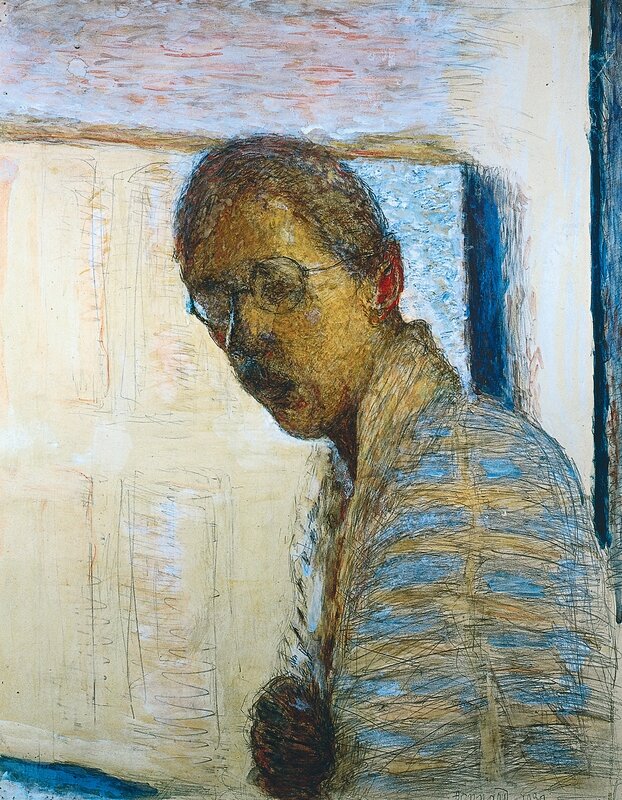
Pierre Bonnard (1867-1947), Selfportrait, 1930. Pencil and watercolor on paper, 65 x 50 cm, Private Collection © VG Bild-Kunst, Bonn 2017.
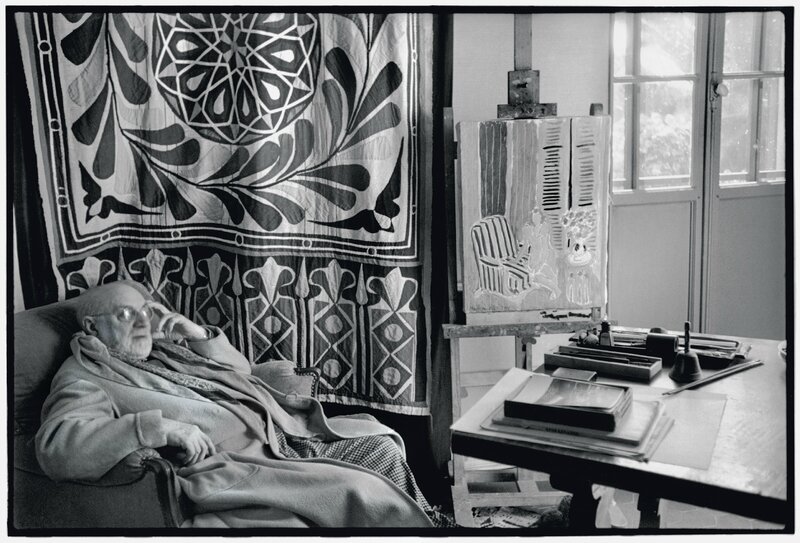
Henri Cartier-Bresson (1908 –2004), Henri Matisse at home in southern France, Vence, 1944 © Henri Cartier-Bresson / Magnum Photos, Courtesy Fondation HCB / Agentur Focus
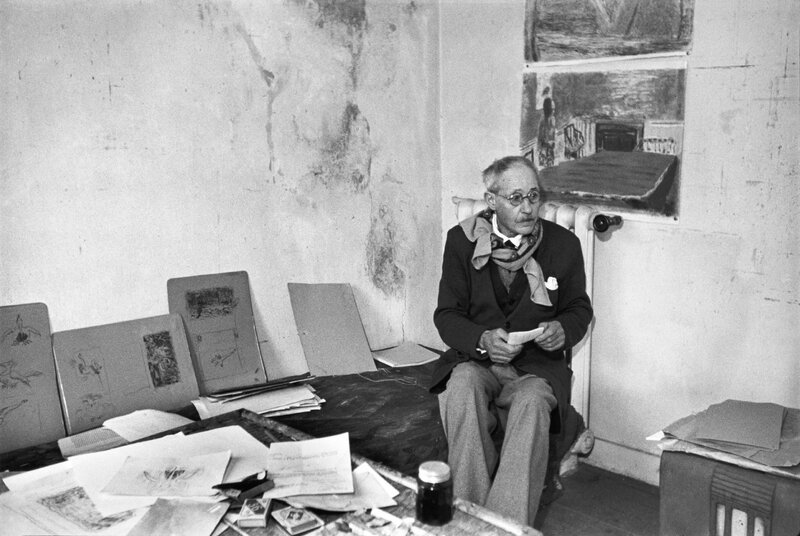
Henri Cartier-Bresson (1908 –2004); Pierre Bonnard at home in southern France, Le Cannet, 1944 © Henri Cartier-Bresson / Magnum Photos, Courtesy Fondation HCB / Agentur Focus

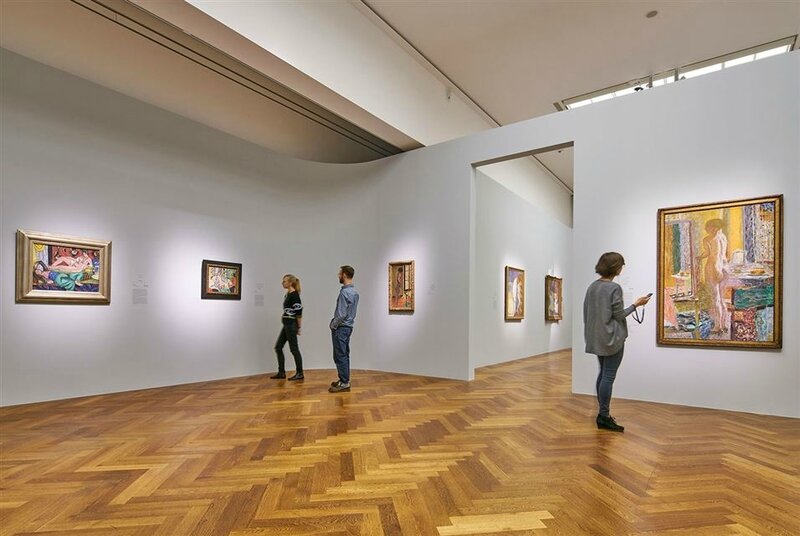







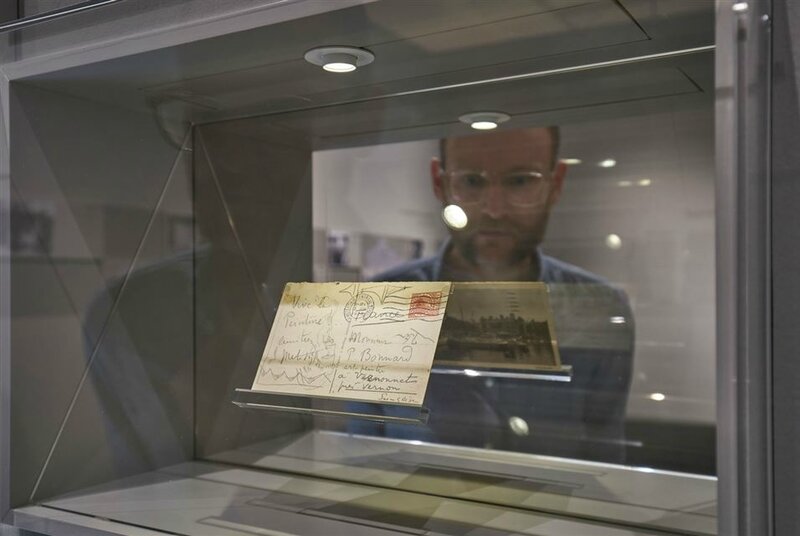
Exhibition views Matisse - Bonnard: "Long Live Painting!". Photos: Stadel Museum

/https%3A%2F%2Fprofilepics.canalblog.com%2Fprofilepics%2F1%2F0%2F100183.jpg)
/https%3A%2F%2Fstorage.canalblog.com%2F03%2F02%2F119589%2F96711876_o.jpg)
/https%3A%2F%2Fstorage.canalblog.com%2F11%2F31%2F119589%2F94773502_o.jpg)
/https%3A%2F%2Fstorage.canalblog.com%2F20%2F83%2F119589%2F94772815_o.jpg)
/https%3A%2F%2Fstorage.canalblog.com%2F26%2F72%2F119589%2F75604929_o.jpg)
/https%3A%2F%2Fstorage.canalblog.com%2F59%2F60%2F119589%2F26458628_o.jpg)





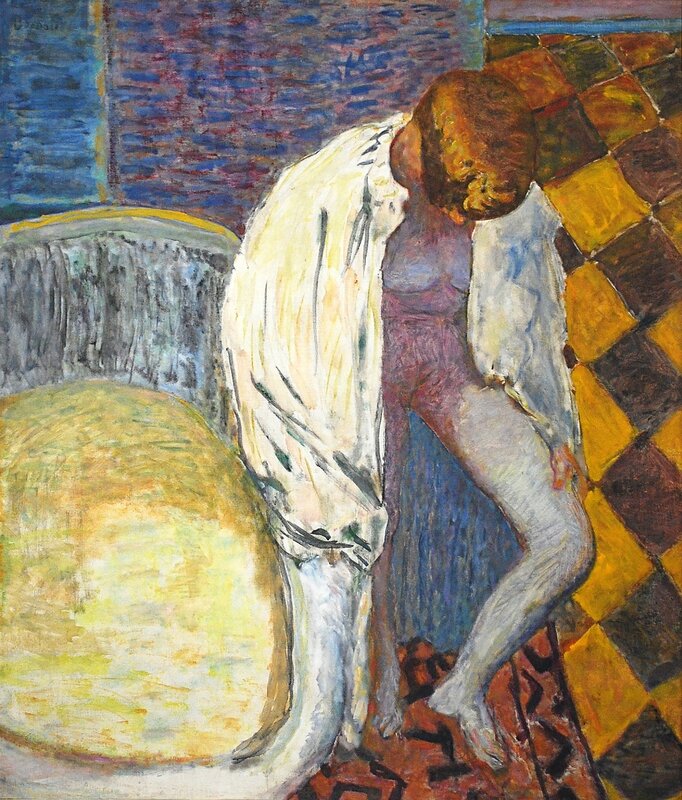





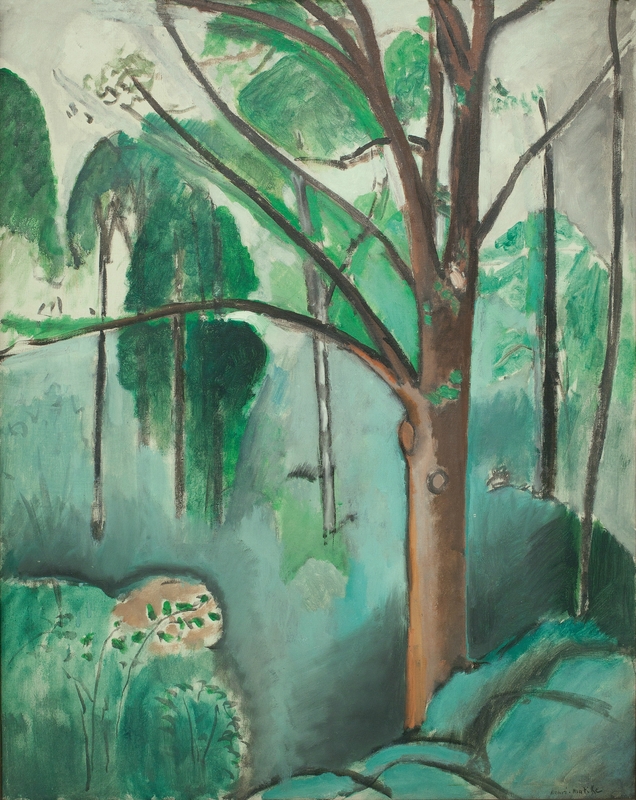



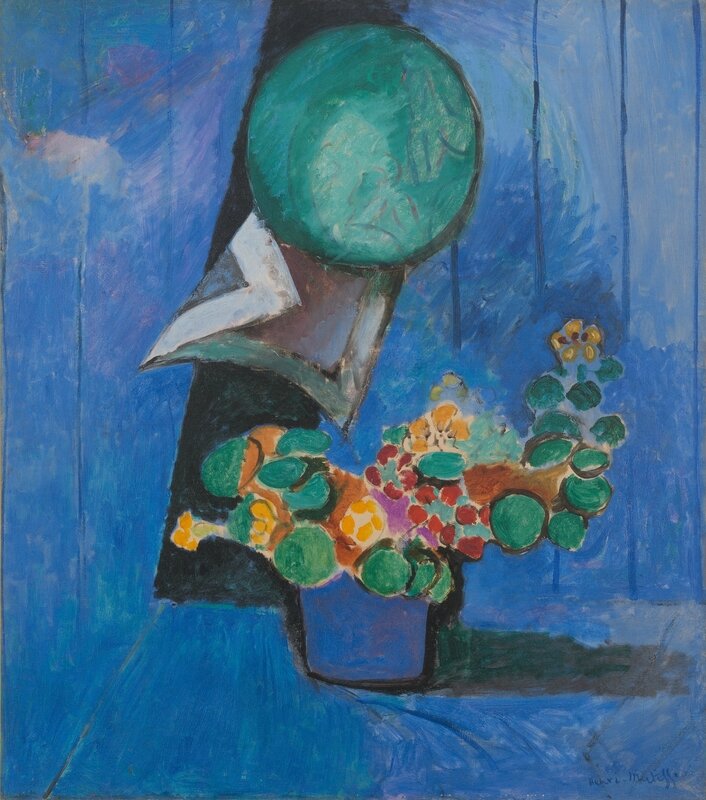
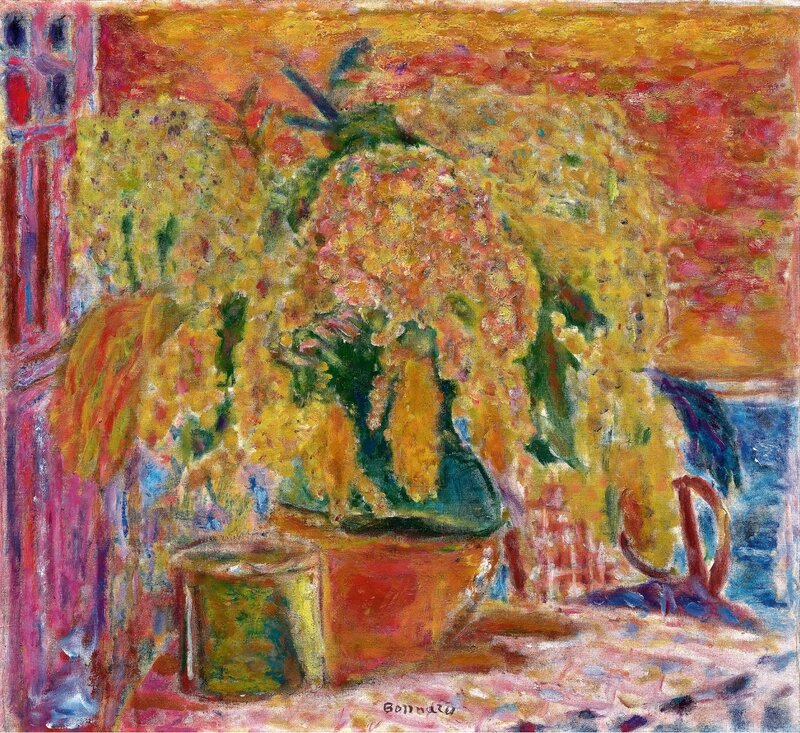






/http%3A%2F%2Fstorage.canalblog.com%2F25%2F32%2F119589%2F75551128_o.jpg)
/http%3A%2F%2Fstorage.canalblog.com%2F37%2F46%2F119589%2F32508739_o.jpg)
/http%3A%2F%2Fstorage.canalblog.com%2F25%2F77%2F119589%2F129711337_o.jpg)
/http%3A%2F%2Fstorage.canalblog.com%2F62%2F17%2F119589%2F127198849_o.jpg)